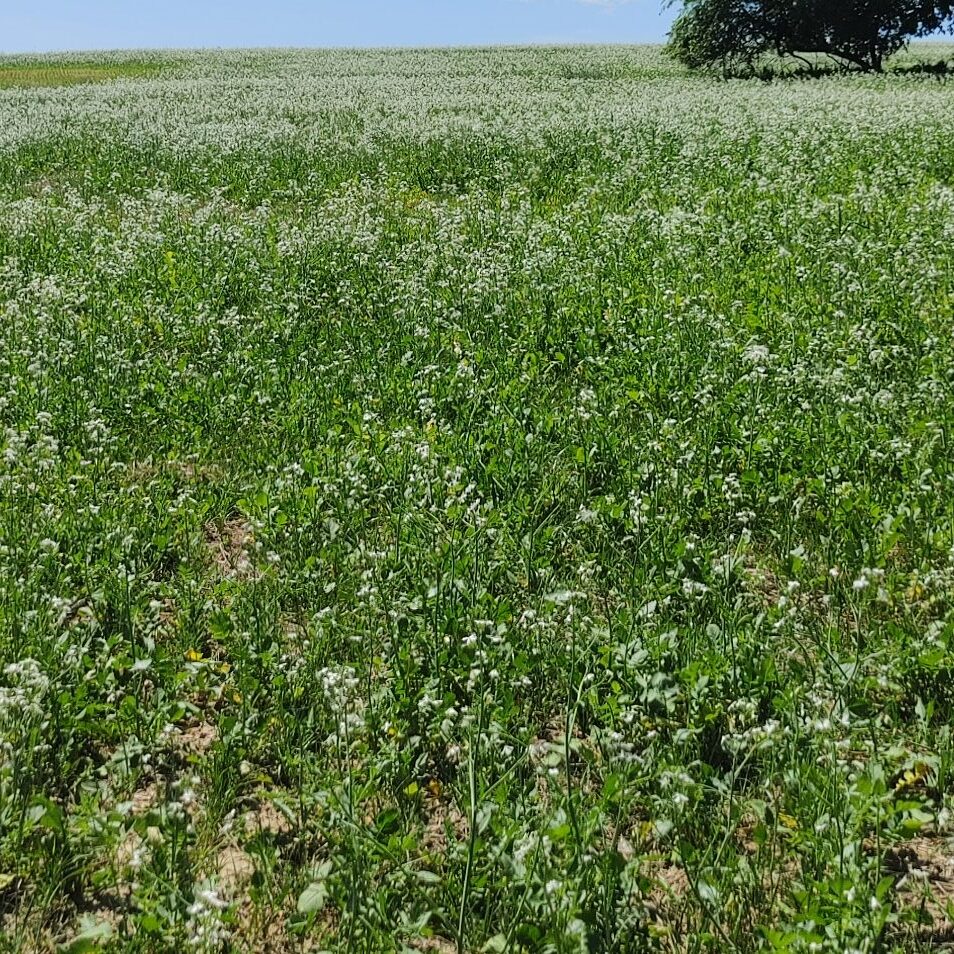Lake Luxembourg Update – September 2023

Driving over Woodbourne Road bridge, you’ll notice a labyrinth of stakes, twine, fencing and flagging in the water. What is that all about?
Following last year’s removal of nearly 20,000 cubic yards of material from the conservation pool, this summer the shallow margins were planted with nearly 35,000 individual wetland plants. These plants, their roots, and the aquatic food web they support, will act as a filter for water flowing into Lake Luxembourg from Core Creek and an unnamed tributary along Village Road.
Once established, the regional wetland best management practice (BMP) is projected to retain, in the conservation pool wetland, hundreds of pounds of phosphorus and hundreds of tons of total suspended solids instead of transporting the pollutants into the lake.
The key here is wetland establishment – getting the plants to grow deep roots, securing the plant and the sediments beneath in place. Once the plants establish, the ecosystem will mature around them. But, there are challenges.
Newly installed wetland plant plugs are essentially a salad bar buffet for geese and ducks. They can gain access to the salad bar from the air, the shore, or the water. Beneath the surface, non-native carp use their size and mouthparts to stir up the sediments searching for snails, mollusks, and other invertebrates for food. The introduction of rooted plants will attract a diversity of living things, ringing the dinner bell for carp.
And so it is to protect the young wetland from this damage, that the maze of stakes, twines, and fencing was erected. The design discourages air, land, and water entry into planted areas with visual and physical barriers. Much like placing netting around your favorite berry bush and then hanging tin pie plates nearby. But, clearly, we’re working on a larger scale.
Yet another challenge to wetland establishment is storm events. The tragic storm in mid July impacted Core Creek with it’s 6″ rainfall in less than an hour. The flash of water dislodged stakes and fencing, sending materials into the lake. The force of the water carried sediments from the watershed and the creek banks into the pool and Lake Luxembourg. After thoughtful consideration, it was decided to reinstall the fencing to give the wetland the best chance at successful establishment. Following storm events, BCCD and Parks and Recreation will work to remove debris from the lake as soon as possible. Fencing that withstands the next four seasons will be removed at the end of the 2024 growing season.
This spring and summer, the agricultural field that received the excavated sediment, was prepared and seeded. This first crop is intended to begin restoration of the soil profile. Reversing the effect of compaction by heavy equipment and restarting the nutrient cycling capacity of the soils.

